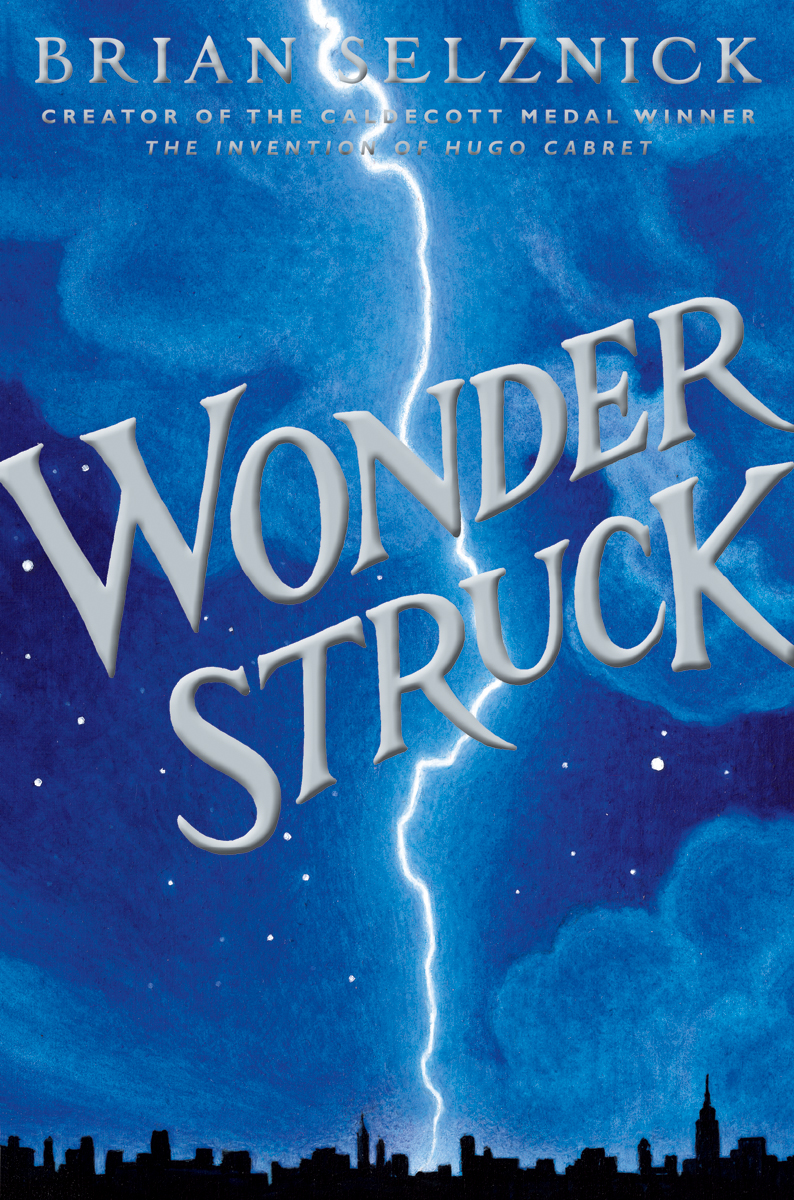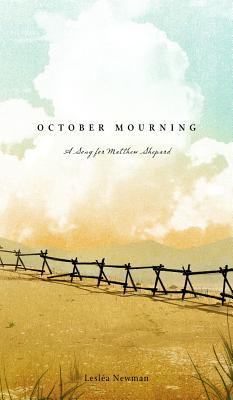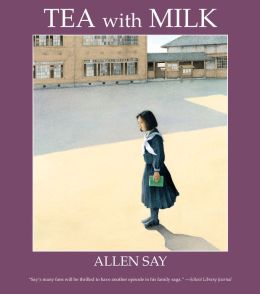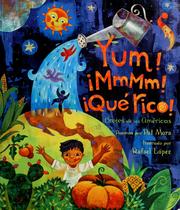WONDER STRUCK
By Brian Selznick

Image Credit: www.scholastic.com
1. Bibliographic
Selznick, Brian. WONDER STRUCK: A NOVEL IN WORDS AND PICTURES. New York: Scholastic, 2011. Print. ISBN 9780545027892
2. Plot Summary
WONDER STRUCK contains two stories in one where the stories eventually come together. Ben is a young boy who has lost his mother and is deaf in one ear. After being struck by lightning, he becomes fully deaf and travels to New York City looking for his father that he has never meet. Rose's story is told through pictures. She is also fully deaf and runs from home looking for her mother who is a popular actress. Both characters are tied to the Museum of Natural History 50 years apart.
3. Critical Analysis
WONDER STRUCK contains many themes including deafness, death of a loved one, and a search for their true identity. Ben does not know sign language and his character has to cope with trying to read lips which he is unsuccessful with. After the two characters meet, Ben asks Rose if she will teach him sign language which shows a character that is learning to deal with his disability.
In Rose's story that happened 50 years ago, we see a young girl who is suppose to be learning how to read lips but refuses. Instead she cuts the pages out of the book and turns them into buildings. When she runs away from home, she runs to her brother Walter who is working in the museum where Ben stays 50 years later. Walter finds a school for deaf children so Rose is no longer faced with isolation. Both characters in the story show a character that is willing to learning and cope with their disability.
The illustrations are done in pencil and mostly reflect Rose's story until the end where these two characters meet. The illustrations are full page and show much detail including the numerous paper building that Rose makes. Many readers may not understand that this book contains two stories and may be confused at first.
Selznick included acknowledgments and selected bibliographies where children can research more about Gunflint Lake, deafness, and museums. Even though the book is over 650 pages, it was a quick read due to the get deal of pictures. Many children will be imitated due to thickness of the book. Once they realize that it contains pictures, children will find it an enjoyable book about deafness.
In Rose's story that happened 50 years ago, we see a young girl who is suppose to be learning how to read lips but refuses. Instead she cuts the pages out of the book and turns them into buildings. When she runs away from home, she runs to her brother Walter who is working in the museum where Ben stays 50 years later. Walter finds a school for deaf children so Rose is no longer faced with isolation. Both characters in the story show a character that is willing to learning and cope with their disability.
The illustrations are done in pencil and mostly reflect Rose's story until the end where these two characters meet. The illustrations are full page and show much detail including the numerous paper building that Rose makes. Many readers may not understand that this book contains two stories and may be confused at first.
Selznick included acknowledgments and selected bibliographies where children can research more about Gunflint Lake, deafness, and museums. Even though the book is over 650 pages, it was a quick read due to the get deal of pictures. Many children will be imitated due to thickness of the book. Once they realize that it contains pictures, children will find it an enjoyable book about deafness.
4. Review Excepts
~Texas Bluebonnet Award Nominee 2012-2013
~BOOKLIST (8/2011): "Although the book is hefty, at more than 600 pages, the pace is nevertheless brisk, and the kid-appealing mystery propels the story. With appreciative nods to museums, libraries, and E. L.
Konigsburg, Wonderstruck is a gift for the eye, mind, and heart."
~SCHOOL LIBRARY JOURNAL (8/2011): "The way that the stories of Ben and Rose echo one another, and then finally connect, is a thing of wonder to behold. The dual text/illustration format is not a gimmick when used to tell the right stories; the combination provides an emotional experience that neither the words nor the illustrations could achieve on their own."
5. Connection
~Students could create a list of items they would place in their memory boxes like Ben.














